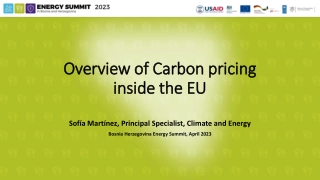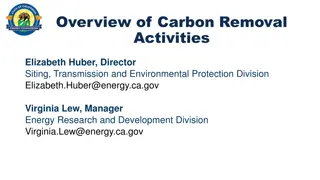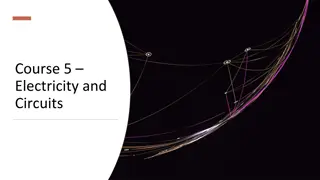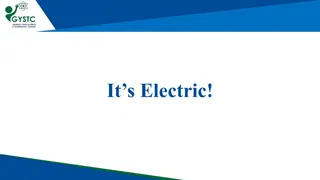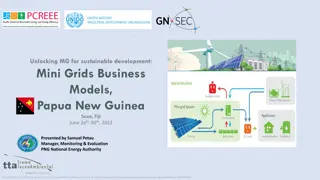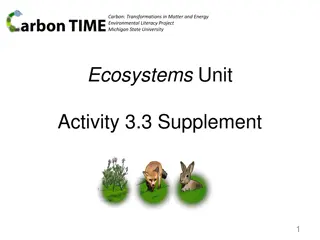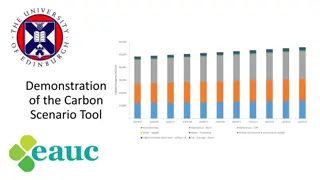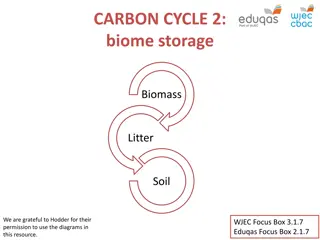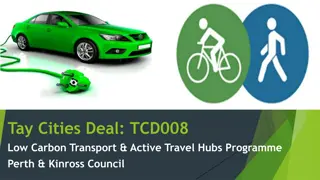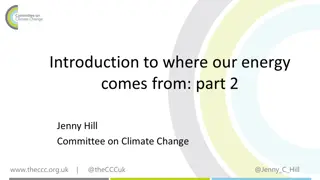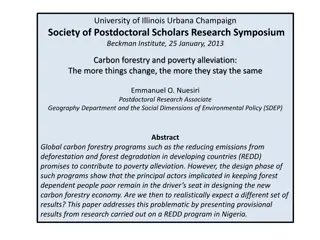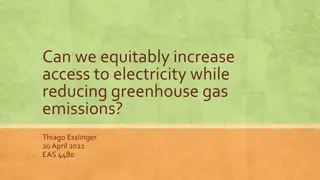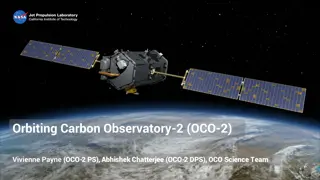Low Carbon Electricity Options in the UK
Jim Watson, Expert Lead and Professor of Energy Policy at UCL Institute of Sustainable Resources, discusses low carbon electricity options in the UK. The content covers nuclear power generation, potential contributions of nuclear power, future nuclear technologies, and the role of fossil fuels with carbon capture and storage. It highlights the current status, challenges, and prospects of these different energy sources towards achieving a low carbon energy mix in the UK.
Download Presentation

Please find below an Image/Link to download the presentation.
The content on the website is provided AS IS for your information and personal use only. It may not be sold, licensed, or shared on other websites without obtaining consent from the author.If you encounter any issues during the download, it is possible that the publisher has removed the file from their server.
You are allowed to download the files provided on this website for personal or commercial use, subject to the condition that they are used lawfully. All files are the property of their respective owners.
The content on the website is provided AS IS for your information and personal use only. It may not be sold, licensed, or shared on other websites without obtaining consent from the author.
E N D
Presentation Transcript
1 Low carbon electricity options (3) Jim Watson Expert Lead and Professor of Energy Policy, UCL Institute of Sustainable Resources
2 Nuclear power Civilian nuclear power generation in the UK since 1956 Nuclear power generated 17% of UK electricity in 2019 8 nuclear plants are operating in the UK; 11 older plants have closed One new plant is under construction at Hinkley C in Somerset Sizewell B nuclear power plant (Suffolk)
3 Nuclear power Potential contribution of nuclear power is large: 10 plants like Hinkley C could generate 75% of UK electricity If no more plants are built, nuclear share of generation will continue to fall Limiting factors include costs, public acceptability and waste management New nuclear in the UK costs over twice as much as new wind power Hinkley C nuclear power plant
4 Nuclear power Future nuclear technologies include Small modular reactors Advanced modular reactors Costs and timescales of these new technologies are very uncertain Research and development is underway, but government funding will be required if they are to be built Artist s impression of small modular reactor
5 Fossil fuels with carbon capture and storage (CCS) Carbon capture and storage can capture ~90% of emissions from fossil fuel electricity generation Fossil fuels generated 43% of UK electricity in 2019, without CCS CCS technology is at an early stage Several full-scale plants operating, including two power plants in the USA and Canada
6 Fossil fuels with carbon capture and storage (CCS) Potential contribution of fossil fuel with CCS is large in the UK Significant resources for CO2 storage, e.g. under the North Sea Long-term monitoring required to ensure that leakage is minimal Costs are likely to be high for first full-scale plants: at least twice as high as wind and solar Boundary Dam coal CCS plant (Canada)



